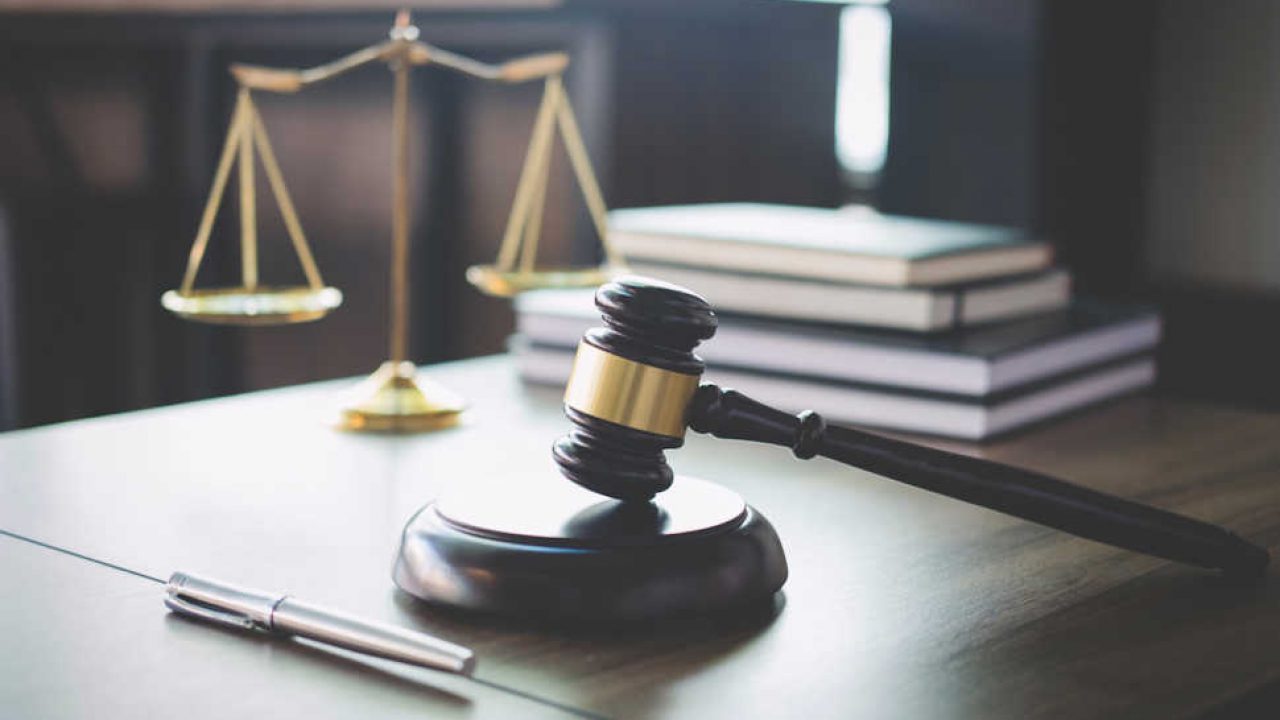The December 2012 gang rape case finally had its halt when Delhi court on Tuesday issued a death warrant against four convicts in allowing their execution on January 22 at 7 am in Tihar Jail. The verdict came when the parents of the victim moved to the court seeking to expedite the procedure to hang all the four convicted in the case and also demanded issuance of death warrant fast to the convicts.
A fast-track court held the four convicts guilty of 13 offences including gangrape, unnatural sexual assault and murder of the woman, and attempt to murder her male friend in September 2013.
A harbinger to ensure that no miscarriage of justice or abuse of power has happened in the process, a curative petition may be filed after a review plea of final conviction is dismissed. A curative petition is usually decided by judges in the chamber, except for a case of open hearing is asked by an Open court.
Curative petitions are decided on the basis of principles laid down by the Supreme Court in Rupa Ashok Hurra Vs Ashok Hurra & another, 2002. A case specifically is known for matrimonial discord when the question of the validity of a decree of divorce reached the SC and the woman withdrew her consent that she agreed while giving in to divorce through mutual consent.
The judgment talked of the technical difficulties and apprehensions that might be causing to the reopening of cases as it also had to give way to a final forum for removing errors in a judgment where the administration of justice may be affected.
The court ruled that a curative petition can be discussed if the petitioner establishes there was a certain degree of violation in the principles of natural justice, and that one was not heard by the court. Admission can also be taken where a judge failed to disclose facts that raise the apprehension of bias.
A curative petition must be submitted through the certification by a senior advocate, pointing out substantial grounds for entertaining it. It must be first circulated to a Bench of the three senior-most judges, and the judges who passed the concerned judgment, if available. When a majority of the judges conclude that the matter needs a hearing it will be listed as far as possible, before the same Bench.
The court issued a statement “It shall be open to the Bench at any stage of consideration of the curative petition to ask a senior counsel to assist it as amicus curiae. In the event of the Bench holding at any stage that the petition is without any merit and vexatious, it may impose exemplary costs on the petitioner,”
The SC has held that curative petitions must be a rare case rather than a regular one.


















